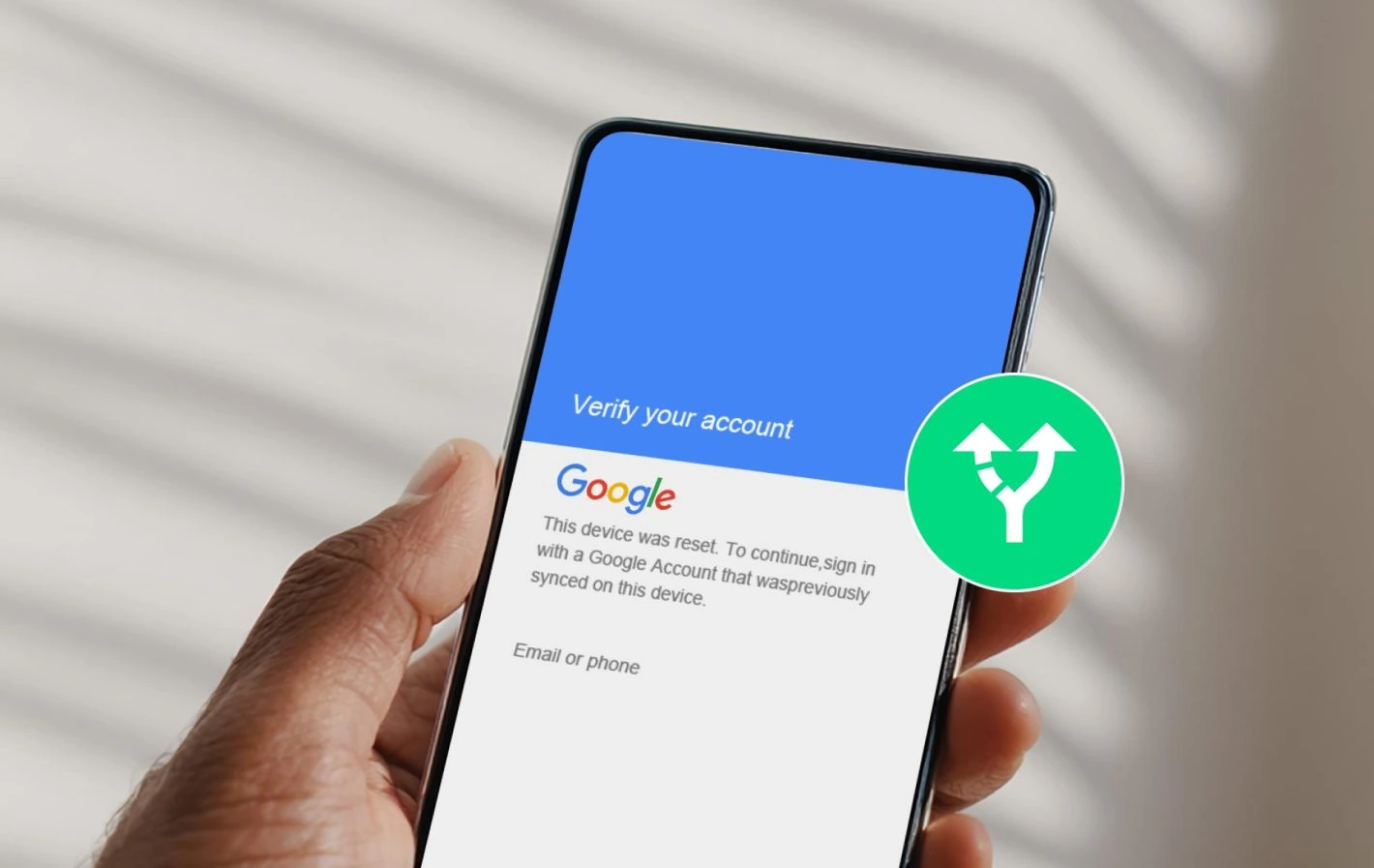Top Stories
Understanding Factory Reset Protection: Bypass Options Explained

Factory Reset Protection (FRP) is a security feature implemented by Google to safeguard Android devices. When a user performs a factory reset, the device will require the original Google account credentials to regain full access. This measure prevents unauthorized access to a device after it has been reset, ensuring that personal data remains secured.
What Is FRP and How Does It Work?
FRP activates when a user logs into a Google account on an Android device. If the device is reset using methods such as Recovery Mode or remotely via the Find My Device feature, it will enter a locked state upon restart. Users will see the FRP lock screen, which requires the original Google account email and password to unlock the device. Without this information, users cannot access any features of the phone, effectively rendering it unusable until the correct credentials are provided.
Once the user enters the correct Google account information, the FRP lock will be removed, and they can set up the device as new, including the option to log in with a different Google account. It is crucial to remember that performing a factory reset will erase all data on the device, including stored Google account information.
Bypassing FRP: Options and Legal Considerations
While the official method for removing FRP is straightforward—simply inputting the correct Google account credentials—users often encounter difficulties, especially if they have forgotten their login information. This situation has led to the development of various FRP bypass software solutions. Popular tools include iToolab, DR.Fone, and imyPass, which claim to assist users in bypassing FRP without needing original account details.
These software solutions typically work by reinstalling the Android operating system or modifying system files where Google account information is stored. This modification can effectively disable the FRP lock, allowing users to regain access to their devices.
Additionally, some services offer personalized assistance in bypassing FRP. These services evaluate the specific device situation and may exploit system vulnerabilities to disable FRP. However, these methods can vary in effectiveness based on the device’s Android version and are often priced higher due to the customized nature of the service.
Legally, it is advisable to utilize the official method of unlocking FRP first. If access to the original Google account is lost, users should contact Google support for recovery options. Resorting to bypass software should be a last measure, and users must ensure they comply with local laws and carrier policies. Importantly, bypassing FRP for devices that do not belong to the user is illegal and strongly discouraged.
Preventing FRP Lock: Best Practices
To avoid the complications associated with FRP lock, users should take proactive measures. Ensuring that they do not use unknown or unfamiliar Google accounts is essential. Before performing a factory reset, it is advisable to remove all Google accounts from the device and disable the Find My Device feature.
In conclusion, Factory Reset Protection serves as a vital security measure designed to protect user data. While the potential for being locked out of a device can be frustrating, understanding how FRP works and the legal options for bypassing it can help users navigate these challenges. Should issues arise, utilizing reliable FRP bypass software or services is recommended, always keeping in mind the importance of legality and compliance with local regulations.
-

 Science3 months ago
Science3 months agoToyoake City Proposes Daily Two-Hour Smartphone Use Limit
-

 Top Stories3 months ago
Top Stories3 months agoPedestrian Fatally Injured in Esquimalt Collision on August 14
-

 Health3 months ago
Health3 months agoB.C. Review Reveals Urgent Need for Rare-Disease Drug Reforms
-

 Technology3 months ago
Technology3 months agoDark Adventure Game “Bye Sweet Carole” Set for October Release
-

 World3 months ago
World3 months agoJimmy Lai’s Defense Challenges Charges Under National Security Law
-

 Lifestyle3 months ago
Lifestyle3 months agoVictoria’s Pop-Up Shop Shines Light on B.C.’s Wolf Cull
-

 Technology3 months ago
Technology3 months agoKonami Revives Iconic Metal Gear Solid Delta Ahead of Release
-

 Technology3 months ago
Technology3 months agoApple Expands Self-Service Repair Program to Canada
-

 Technology3 months ago
Technology3 months agoSnapmaker U1 Color 3D Printer Redefines Speed and Sustainability
-

 Technology3 months ago
Technology3 months agoAION Folding Knife: Redefining EDC Design with Premium Materials
-

 Business3 months ago
Business3 months agoGordon Murray Automotive Unveils S1 LM and Le Mans GTR at Monterey
-

 Technology3 months ago
Technology3 months agoSolve Today’s Wordle Challenge: Hints and Answer for August 19









